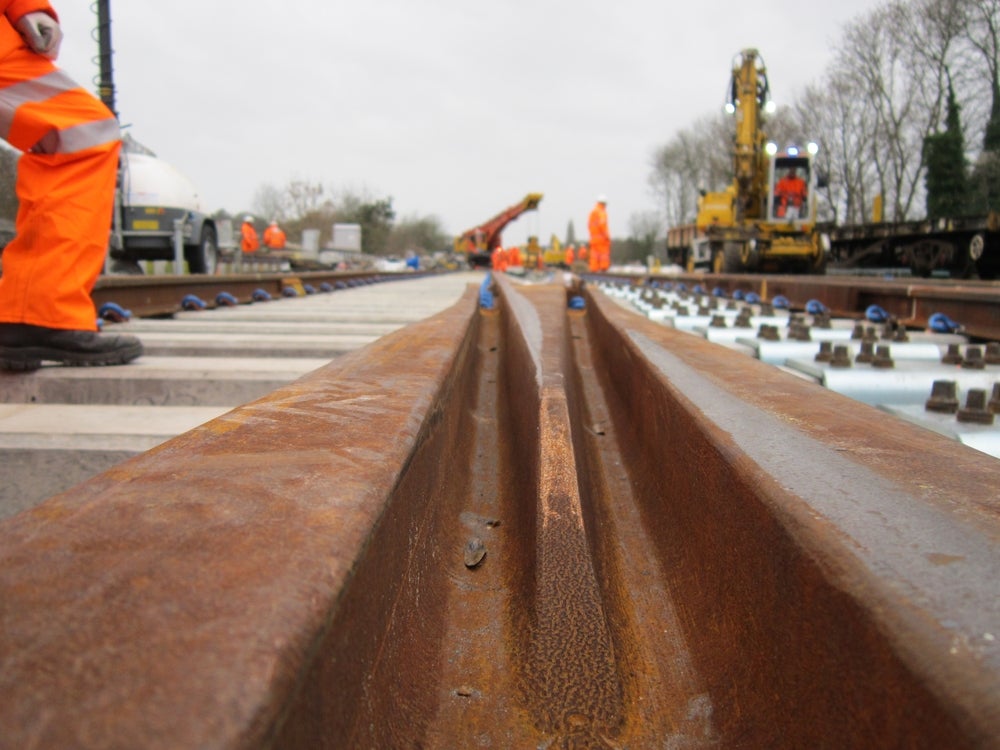Alstom has secured a contract to modernise the signalling system of four stations along the Sarmiento line in Buenos Aires, Argentina.
The stations outlined for modernisation are Marcos Paz, General Las Heras, Empalme Lobos and Lobos, which are part of the Merlo-Lobos interurban branch.
The deal was awarded by Trenes Argentinos Infraestructura via an international public tender process, and forms a part of a wider plan developed by the Ministry of Transport of Argentina to install automatic braking systems across the nation’s rail network.
Work under the programme is scheduled to be completed in 2019, and will involve an investment of roughly €237m.
Alstom has been subcontracted by Constructora POSE to supply the necessary technological solutions to install signalling rooms with electromechanical interlocking under the latest contract, which is valued at more than €10m.
The solutions include system design, equipment provision, supervision and system commissioning.
How well do you really know your competitors?
Access the most comprehensive Company Profiles on the market, powered by GlobalData. Save hours of research. Gain competitive edge.

Thank you!
Your download email will arrive shortly
Not ready to buy yet? Download a free sample
We are confident about the unique quality of our Company Profiles. However, we want you to make the most beneficial decision for your business, so we offer a free sample that you can download by submitting the below form
By GlobalDataAlstom Latin America senior vice-president Michel Boccaccio said: “We celebrate this new Alstom contract in the country, since it is the first contract signed by Alstom in Argentina to provide the signalling system of a surface railway line.
“We look forward to more opportunities to offer our experience and technology to the Argentina transport system.”
Sarmiento line is one of the seven suburban train lines under the Metropolitan Railways of Buenos Aires.
Alstom will also manufacture all the safety equipment required for the development, including vital relays, track circuits, point machines and level crossings.
The project is expected to be completed in 30 months.






